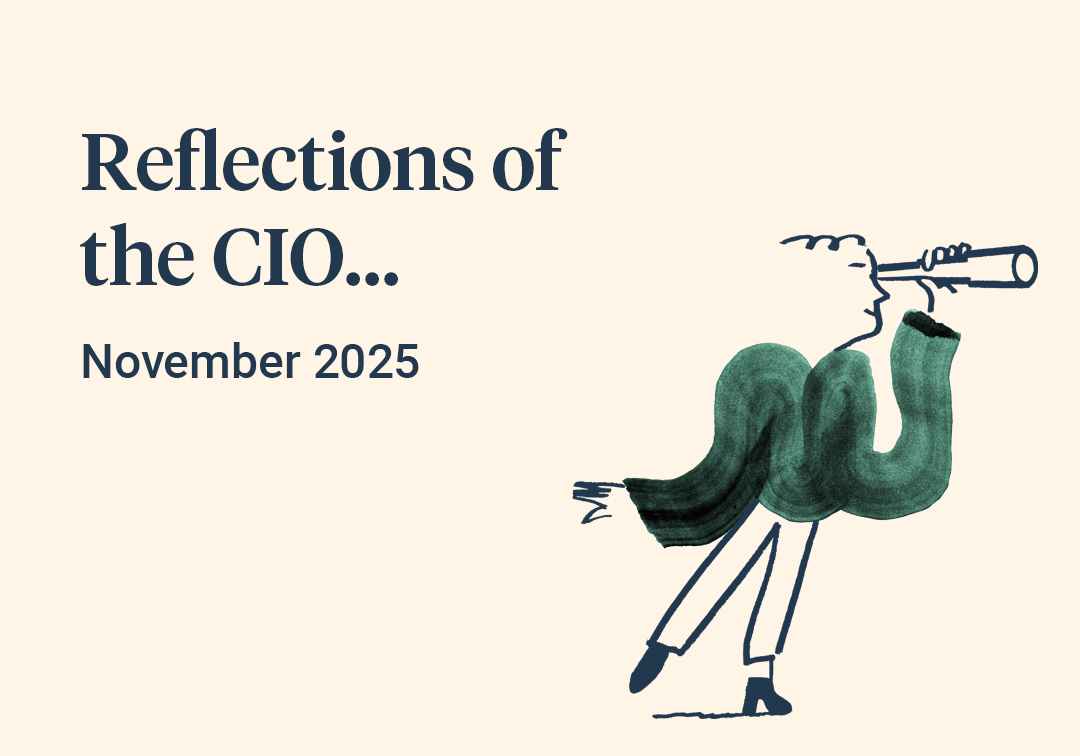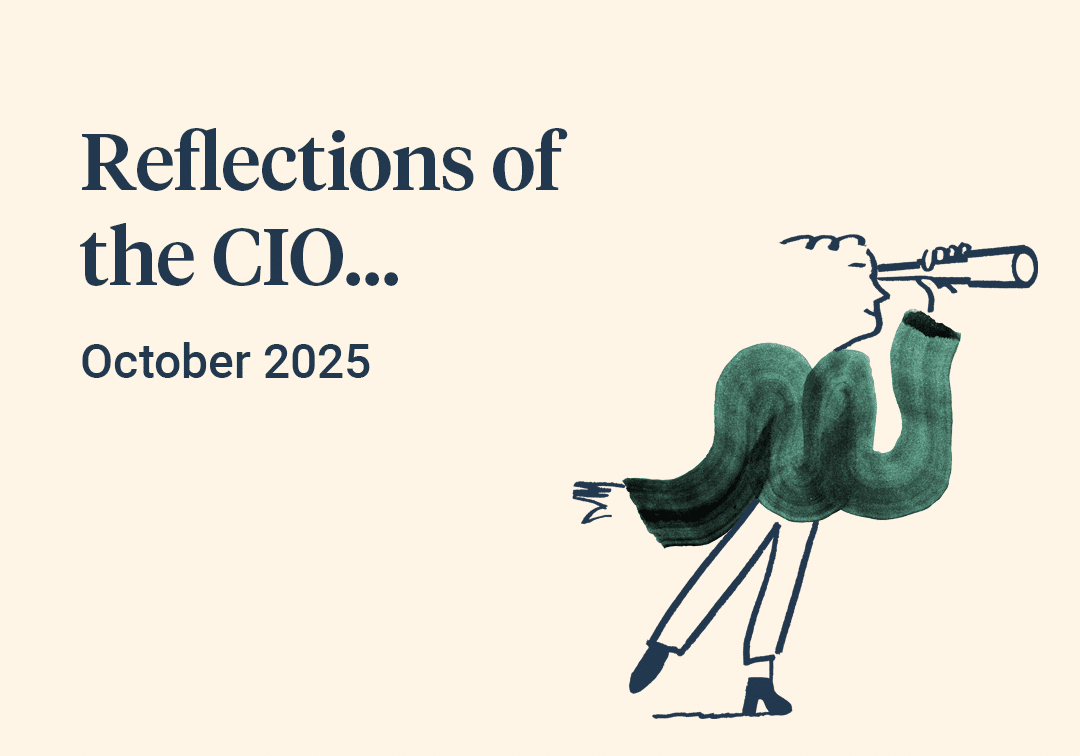February 2022 was the month during which Ukraine was invaded by Russia, ending the phoney war and sending shock waves around the world. The response to the invasion, particularly in the West, has been swift and aggressive. Financial sanctions have had a dramatic impact on Russian assets in the near term, although unfortunately, not enough to change events on the ground. The impact in the long term remains to be seen, but in the very near term, market reaction to the invasion has been predictably volatile but also rational and, at least initially, somewhat muted.
It is difficult to write about impacts to financial markets when one is fully aware of the reality of what this means to so many, however we have a job to do, and the objective tone of this and future reports does not mask our underlying horror at what is happening.
“The first weeks of February were a continuation of January’s weak trends, particularly in global bond markets which fell steadily over the month.”





